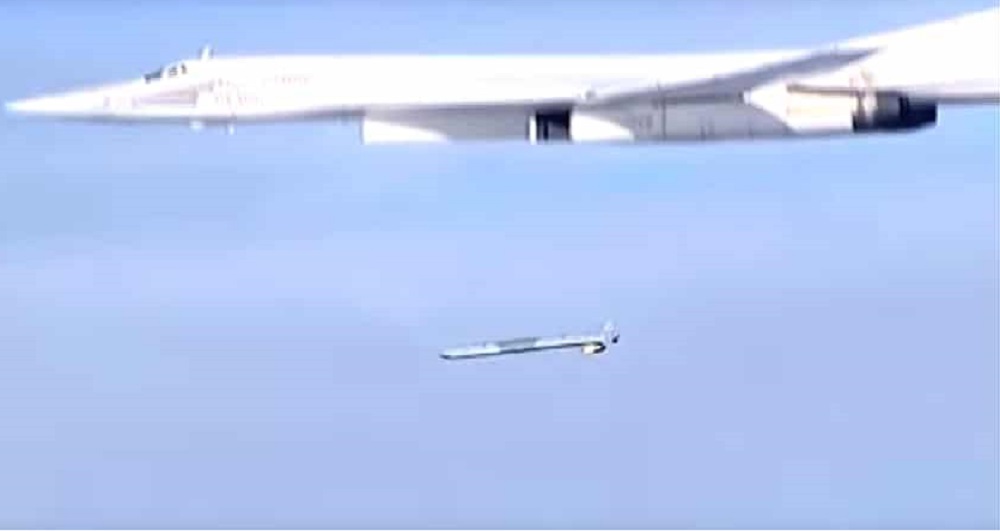Russia has recently bolstered its formidable Kh-101 cruise missile, significantly enhancing its ground strike capabilities by nearly doubling its warhead size. Intelligence gathered from Ukraine’s military media, analyzing debris from recovered missiles, unveils a substantial augmentation to one of Russia’s most potent long-range strike assets. The Kh-101 stands as a cornerstone in the Russian Federation’s arsenal, renowned for its precision and versatility. With a length of 6 meters and the ability to carry either conventional or nuclear warheads, this missile operates at speeds ranging from 700 to 900 kilometers per hour, flying at low altitudes to elude enemy defenses. Its programmable flight paths grant it exceptional maneuverability over distances up to 3,000 kilometers, making it a staple in Moscow’s operations in conflict zones like Ukraine and Syria, alongside its Soviet-era predecessor, the Kh-55.
The Kh-101/Kh-102 is a line of conventional and nuclear capable air-launched cruise missiles (ALCM) developed and deployed by Russia. The Kh-101 developed as a stealthy replacement for the Kh-55SM in the late 1990s, the Kh-101 has a conventional warhead and the Kh-102 is thermonuclear. The missile is equipped with an electro-optical system for correcting the flight trajectory and with a TV guidance system for terminal guidance. Its official range is 4,500 km or 3,000 km with a conventional payload. It is re-targetable. The missiles are expected to be accurate within 10–20 m CEP. They are expected to be in service in required numbers by 2023. The new missile complex has been successfully tested and in recent years put into series production to equip modernized Tu-160 and Tu-95MSM bombers. During the war in Ukraine, starting in January 2023, Russia made use of a Kh-101 air-launched version, that releases decoy flares in flight.

The latest upgrade to the Kh-101 introduces a warhead weighing approximately 800 kilograms, effectively doubling its payload capacity from its prior 400-kilogram limit. Remarkably, this enhanced version now features two distinct warheads, incorporating cubic-shaped penetrating elements typically utilized in anti-aircraft systems but repurposed here for ground strikes, significantly augmenting lethality against personnel and structures alike. However, this enhancement has come at a cost, as the increased warhead size necessitated a reduction in fuel capacity, thereby shortening the missile’s flight range. Formerly capable of ranges up to 5,500 kilometers, the updated Kh-101 now boasts a range of around 2,250 kilometers. Despite this decrease, the missile still retains ample reach for strategic deployments, including potential launches from the Saratov region towards targets such as Ukraine’s Lviv region, with considerable room for maneuverability.
The notion of a dual-warhead configuration for the Kh-101 has been under consideration since the mid-2010s, with Russian military sources hinting at initial experiments involving splitting the payload. Although initially sidelined, this approach has now been revisited and implemented in the latest iteration of the missile, albeit with the specifics of its deployment mechanism remaining undisclosed. Additional upgrades to the Kh-101 may include features such as flare launchers to counter heat-seeking weapons, hardened electronics to thwart jamming attempts, and improved optics on a modernized gimbal, enhancing its overall effectiveness. However, recent media coverage has yet to shed light on these potential enhancements. The discovery of a serial number on recovered missile debris suggests that these upgraded missiles may have been swiftly deployed from production facilities, potentially signaling Russia’s intent to expedite their integration into its military operations.















